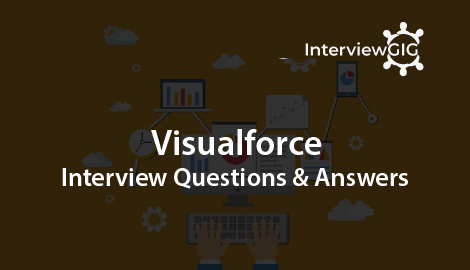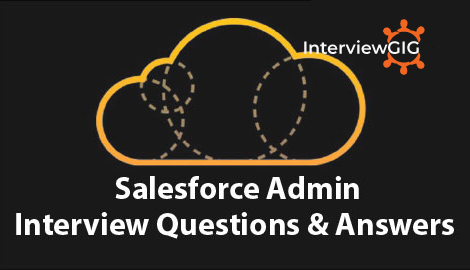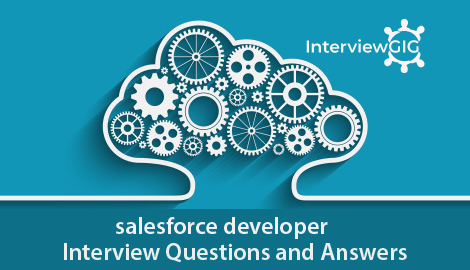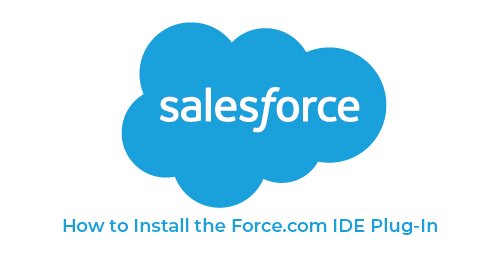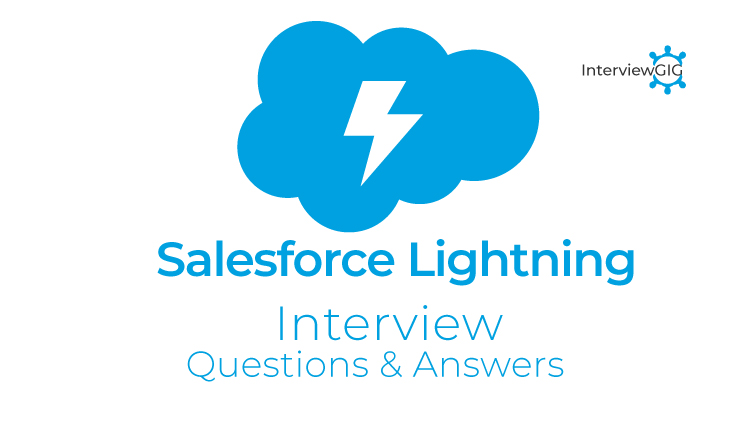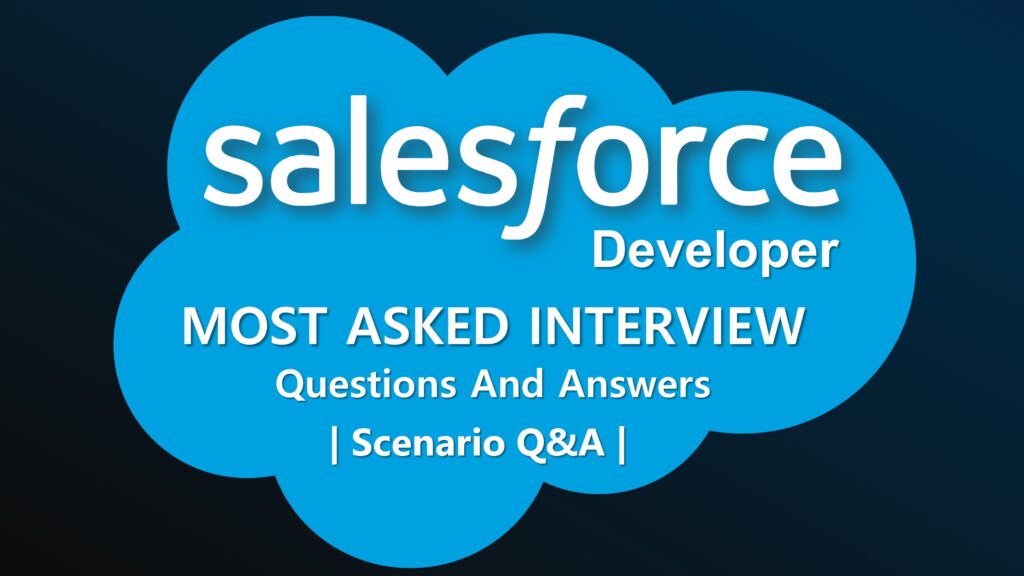What is sales force?
What is a sandbox org? What are the different types of sandboxes in Salesforce?
When can you use sandbox org?
What are the different data types that a standard field record name can have?
Top Salesforce Developer Interview Questions and Answers
What is WhoId and WhatId in activities?
What is the use of writing sharing rules? Can you use sharing rules to restrict data access?
What is a bucket field in reports?
What are dynamic dashboards? Can dynamic dashboards be scheduled?
What are the different types of object relations in salesforce? How can you create them?
Can you have a roll up summary field in case of Master-Detail relationship?
Explain the term “Data Skew” in Salesforce
Which fields are automatically Indexed in Salesforce?
What are the types of custom settings in Salesforce? What is the advantage of using custom settings?
What are custom labels in Salesforce? What is the character limit of custom label?
What is the difference between a Role and Profile in Salesforce?
What are the examples of non-deterministic Force.com formula fields?
What is an external ID in Salesforce? Which all field data types can be used as external IDs?
What is the difference between a standard controller and a custom controller?
How many records can a select query return? How many records can a SOSL query return?
Top Salesforce Developer Interview Questions and Answers
What are the different methods of batch Apex class?
What all data types can a set store?
What is an sObject type?
